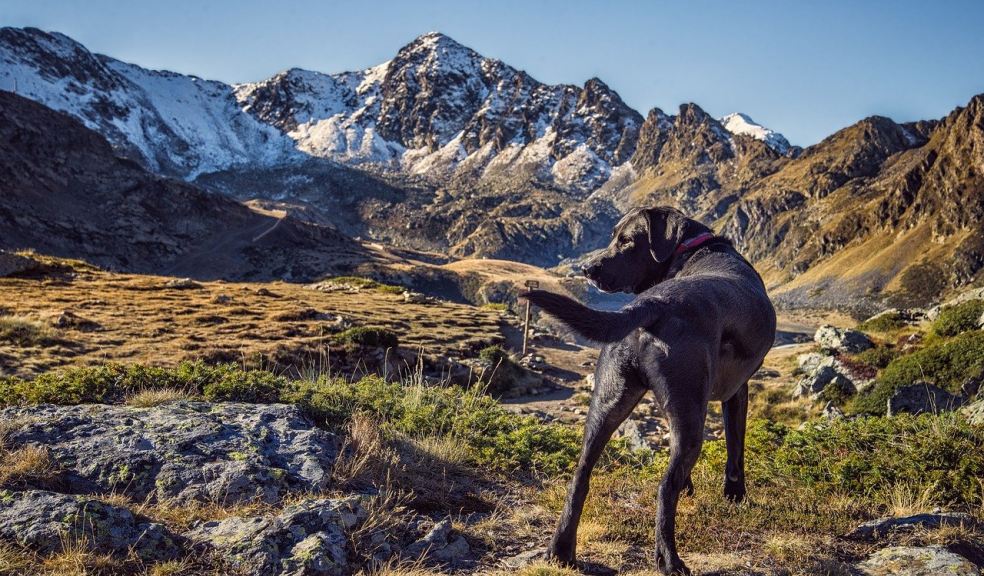
Getting Your Dog Into Hillwalking: The Basics
My family have always been hillwalkers, and evidently, I was dragged up hills time and time again as a child.
So was my little dog, who for all intents and purposes, is part mountain goat at this point, even now that he’s hitting double figures.
It wasn’t until I ventured up some hills with a friend and their dog who were both new to hillwalking that I realised dogs need just as much easing in as people.
So here’s a brief guide covering the basics, some rules, some recommended practices, and some ways that you and your four-legged walking buddy can get up to the top of increasing tall summits.
Start Slow
“Hmmm, a Munro, I could probably manage that” - Maybe, but can your dog? The thing about hillwalking is that you can usually make it to the top of most hills, outside of the huge 1k metre ones of course.
But I can guarantee that you’ll hate every single minute of it if you’re not used to walking on constant elevation. So will your dog if they are getting dragged along.
Try your local viewpoint first with your dog, then venture further afield, then further, and further etc.
If you start off with an hour-long manageable hill and work your way up those mountains will feel like an accomplishment, not a slog.
You want your pup to be excited to get up those hills with you. If they start off on a hill that they aren’t ready for they may dread it in the future, possibly even all-out refusing to go.
Consider Your Dog’s Lifestyle
If your dog does a couple of short walks a day they won’t be used to single, multiple hour-long walks and won’t know how to pace themselves.
That’s why you start slow. Once they get used to an hour, bump it up to an hour and a half and so on.
There are other lifestyle factors too, like their diet. Hillwalking is exercise at the end of the day so it’s important to make sure they are fueled properly.
Give raw dog food a try, as it’s not processed it’s a lot easier to break down and will offer them that essential energy on the steep bits.
Sheep? Lead
It’s non-negotiable, if there are sheep or any other farm animals on your will walk your dog goes on the lead.
It doesn’t matter how well trained they are, a farmer doesn’t know if your dog is safe.
For your dog’s own safety keep them on leads when on farms with animals, usually once you push towards the higher part of the hills there won’t be as many animals.
Wash & Check
With longer grass and some muddy marshes, you need to keep an eye out for nicks, scratches, and most importantly, ticks.
After every walk, no matter how much they protest, you should give your muddy pup a quick hose and wipe. Be sure to check for ticks or fleas or any other beasties that lurk in the wilderness.











